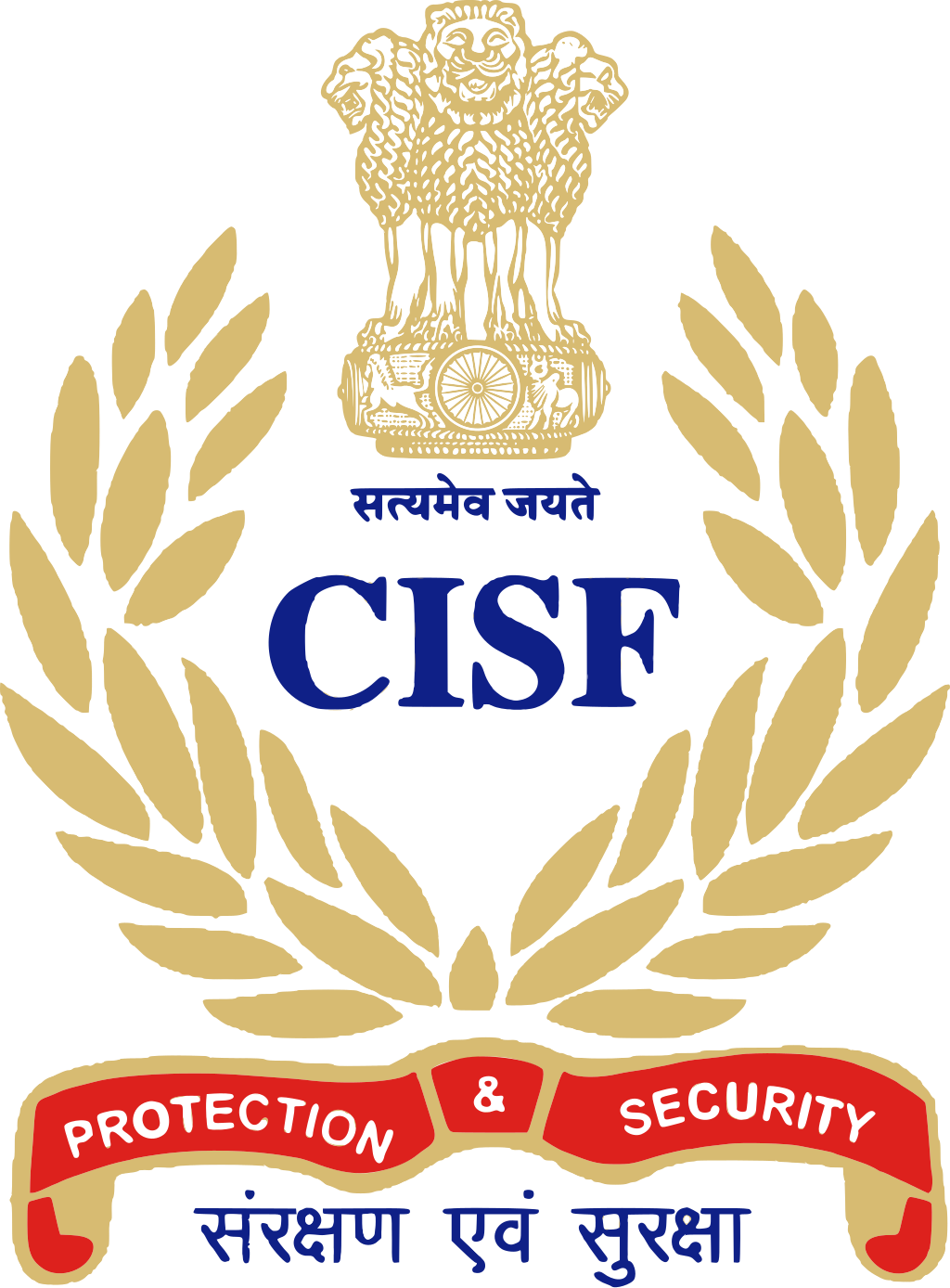Free Courses Sale ends Soon, Get It Now


Free Courses Sale ends Soon, Get It Now



Disclaimer: Copyright infringement not intended.
Context
Details
Evolving Role and Structure
Significance of CISF's Duties
Additional Roles and Impact
Analyzing India's Security Framework
Conclusion
The CISF stands as a multifaceted force addressing diverse security challenges across sectors. Its evolution, expanding roles, and collaborative efforts reflect India's commitment to bolstering security frameworks, emphasizing preparedness, and enhancing resilience in the face of emerging threats.
|
PRACTICE QUESTION Q. Assess the impact of recent developments and the potential trajectory of the CISF in meeting evolving security demands in India. (250 Words) |
© 2024 iasgyan. All right reserved